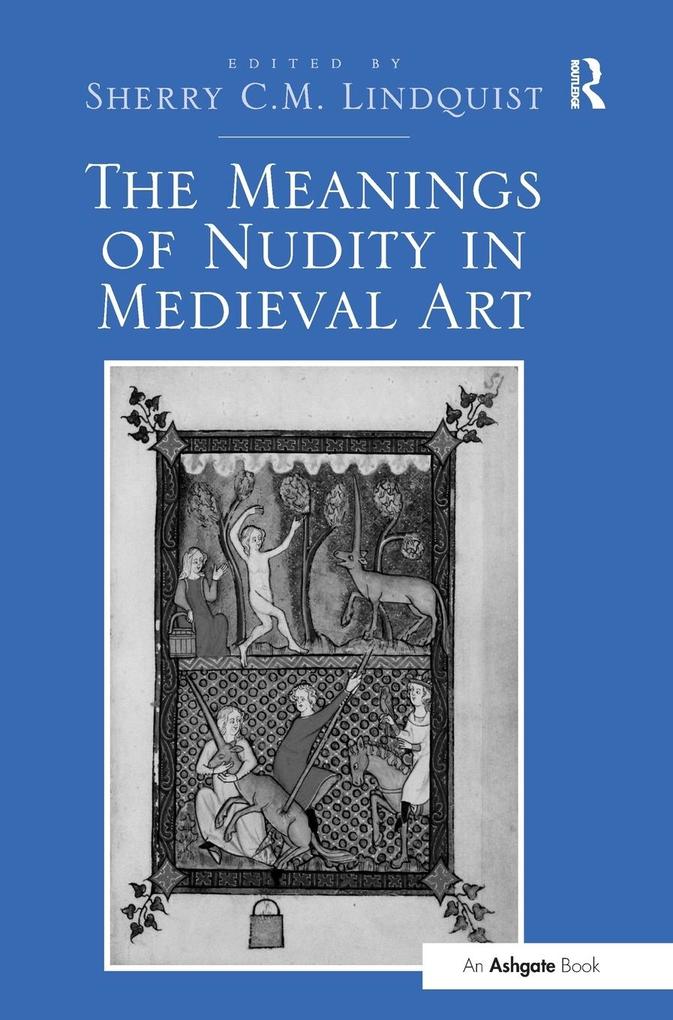
Zustellung: Di, 15.07. - Sa, 19.07.
Versand in 2 Wochen
VersandkostenfreiBestellen & in Filiale abholen:
Addressing a strangely neglected key issue in the history of art, this volume engages the variety and complexity of medieval representations of the unclothed human body. The Meanings of Nudity in Medieval Art breaks ground by offering a variety of approaches to explore the meanings of both male and female nudity in European painting, manuscripts and sculpture ranging from the late antique era to the fifteenth century.
Inhaltsverzeichnis
Contents: The meanings of nudity in medieval art: an introduction, Sherry C. M. Lindquist; The survival and reception of the classical nude: Venus in the Middle Ages, Jane C. Long; Male nudes and embodied spirituality in Romanesque sculpture, Kirk Ambrose; The naked jongleur in the margins: manuscript contexts for social meanings, Elizabeth Moore Hunt; A son's gaze on Noah: case or cause of viriliphobia? , Madeleine H. Caviness; Uncovering the meanings of nudity in the Belles Heures of Jean, Duke of Berry, Martha Easton; Pubics and privates: body hair in late medieval art, Penny Howell Jolly; Nudity as natural garment: seeing through Adam and Eve's skin, Linda Seidel; Integritas, proportio and claritas: the body in Tuscan representations of Baptism 1300-1450, Vé ronique Dalmasso; Christ bared: problems of viewing and powers of exposing, Corine Schleif; Sin or sexual pleasure? A little-known nude bather in a Flemish Book of Hours, Diane Wolfthal; Reconsidering the nude: Northern tradition and Venetian innovation, Paula Nuttall; Epilogue, Madeline H. Caviness; Indexes.
Produktdetails
Erscheinungsdatum
23. März 2012
Sprache
englisch
Seitenanzahl
382
Herausgegeben von
Sherry C M Lindquist
Verlag/Hersteller
Produktart
gebunden
Gewicht
807 g
Größe (L/B/H)
244/170/22 mm
ISBN
9781409422846
Bewertungen
0 Bewertungen
Es wurden noch keine Bewertungen abgegeben. Schreiben Sie die erste Bewertung zu "The Meanings of Nudity in Medieval Art" und helfen Sie damit anderen bei der Kaufentscheidung.










